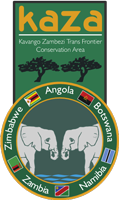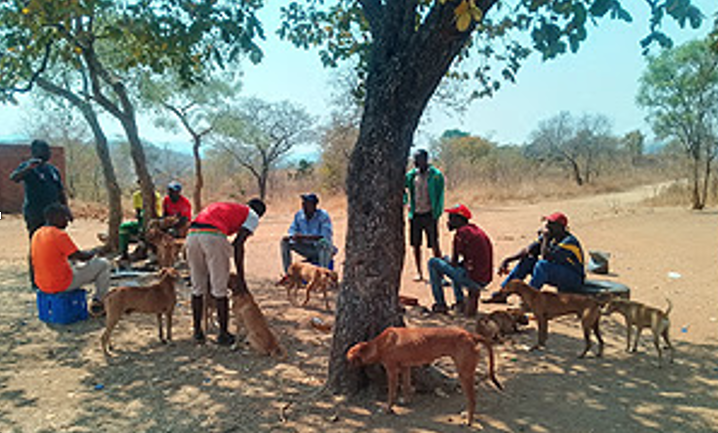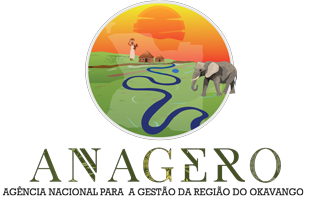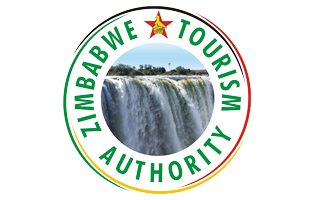
COMMUNITY LIVESTOCK & CROP PROTECTION
Hats off to The Zambezi Society’s new Project Manager Collin Tapi (pictured above left) who, since he joined us 6 months ago, has done an awesome job supervising a number of our Human Wildlife Co-Existence (HWC) projects in the Charara-Kariba area. Here’s what the team has been doing:-
- Chilli bricks – 3500 of these have been moulded, which, when burnt, will protect most vulnerable households along the community boundary of the Charara Safari Area against crop raiding by elephants and other wildlife throughout next year’s growing season (January – April)
- Predator-proof bomas (pictured above centre) – in addition to the 20 predator-proof bomas successfully erected in rural areas surrounding Charara Safari Area to protect 700+ cattle, belonging to 99 households, we have now ordered seven more for community members living in the most vulnerable human-predator conflict hotspots. These should be established in mid-December.
- Elephant-proof storage units (pictured above right) – Three of these storage units have been built as demonstrations to community members on how to keep their grain safe from elephants. These were also used as trials as we are hoping to put them into Kariba next year where raiding of households for grain is high.
- Crop protection demonstrations sites – two of these sites have been established, using metal strip fences, chilli fences, and white rocks to showcase the various methods community members can use to keep elephants from raiding their crops.
In implementing the above, we owe a huge debt of gratitude to the Elephant Crisis Fund who have many years of experience with HWC work and have produced an extremely useful workbook on the subject. Their detailed guidelines have been immeasurably helpful for our team.
- Rabies vaccination– after an outbreak of rabies in some of the communities along the Charara-community boundary, The Zambezi Society partnered with Zimbabwe’s Veterinary Department to roll out a rabies vaccination campaign. A total of 285 domestic dogs were vaccinated against rabies (see above left). There have been no reports of rabies in the area since.
- Tick-borne disease education – in an effort to dispel the concerns that kraaling cattle is what leads to cattle being infected by tick borne diseases, Zamsoc partnered with Zimbabwe’s Veterinary Department to roll out a series of community tick education workshops, in the lead up to the rainy season (see below right). Cattle owners were educated about the various tick borne diseases, the ways that diseases are spread, and the ways to prevent cattle from contracting these diseases.
COMMUNITY TRAINING & AWARENESS
This year we welcomed Forgiveness Gonera (pictured above left) to The Zambezi Society’s Human Wildlife Co-existence (HWC) team. She began helping out our HWC Officer, Rumbi Bukuta, with the Virtual Reality programme in schools, and she is now dedicated full-time to all aspects of HWC in Kariba.
Here’s what we’ve been doing on the community training and awareness front:-
Team training: This year, our entire HWC team underwent two week-long training courses to help deepen their understanding of HWC in general, as well as in our project area, and to plan for effective implementation of methods to mitigate wildlife conflict and engage communities going forward.
HWC Workshops – this year we undertook a total of 67 human-wildlife coexistence workshops in all villages along the southern boundary of the Charara Safari Area, with an average attendance of 55 adults per workshop. We also carried out workshops within the 24 schools in Kariba Town (high school and primary), totalling roughly 7,500 students – covering each school three times this year. These workshops focus on understanding wildlife behaviour, living safely with wildlife, and how to protect crops, livestock and property from wildlife.
Virtual Reality awareness videos – Having first introduced Virtual Reality videos to create wildlife awareness in rural schools along the boundary of Charara Safari Area, we then began showcasing a Human-Lion coexistence VR video to Grade 6 students across all 13 primary schools in Kariba Town. This has been followed by our latest VR video on Human-Elephant conflict. These VR experiences are paired with several exercises given to the students aimed at capturing existing attitudes towards lions and elephants and measuring any immediate change in feelings as a result of watching the videos.
You can read more detail about our human wildlife co-existence community work on our website HERE.









